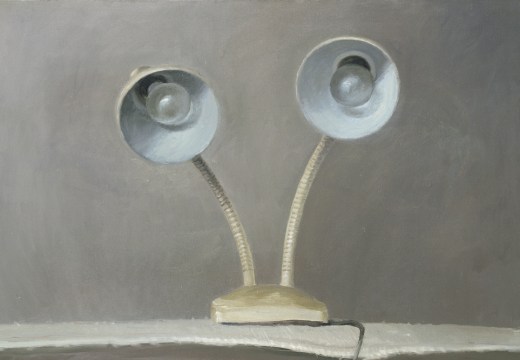From the first millennium B.C. until the arrival of Europeans in the 16th century, artists from the ancient Americas created small-scale architectural models to be placed in the tombs of important individuals. These works in stone, ceramic, wood, and metal range from highly abstracted, minimalist representations of temples and houses to elaborate architectural complexes populated with figures. These miniature structures were critical components in funerary practice and beliefs about an afterlife, and they convey a rich sense of ancient ritual and as well as the daily lives of the Aztecs, the Incas, and their predecessors. The exhibition Design for Eternity: Architectural Models from the Ancient Americas—the first of its kind in the United States—will shed light on the role of these objects in mediating relationships between the living, the dead, and the divine. It will also provide a rare look at ancient American architecture, much of which did not survive to the present day. Some 30 remarkable loans from museums in the United States and Peru will join works from the permanent collection of the Metropolitan Museum, which is particularly rich in this material.
Preview the exhibition below | The Top Five Exhibitions Opening This Week

Chimú maquette from Huaca de la Luna, Peru (c. 1440–1665 AD) Image: Courtesy Proyecto Arqueológico Huacas del Sol y de la Luna, photograph by Edi Hirose

House effigy, Maya culture, Honduras, A.D. 550–900 Image: © President and Fellows of Harvard College, Peabody Museum of Archaeology and Ethnology













![Masterpiece [Re]discovery 2022. Photo: Ben Fisher Photography, courtesy of Masterpiece London](https://apollo-magazine.com/wp-content/uploads/2022/07/MPL2022_4263.jpg)
‘A revolutionary flame burned bright within him’: David Bindman (1940–2025)